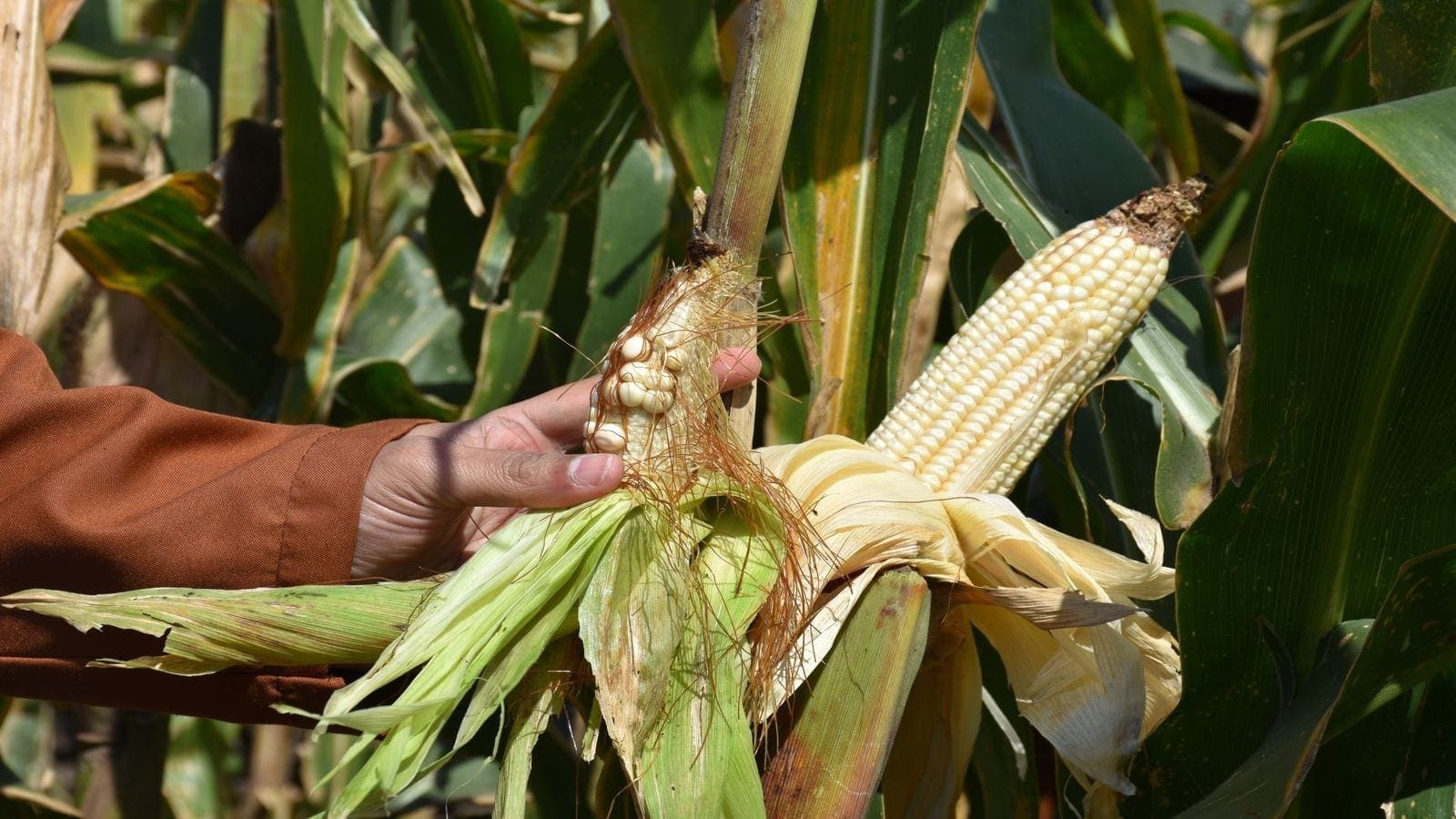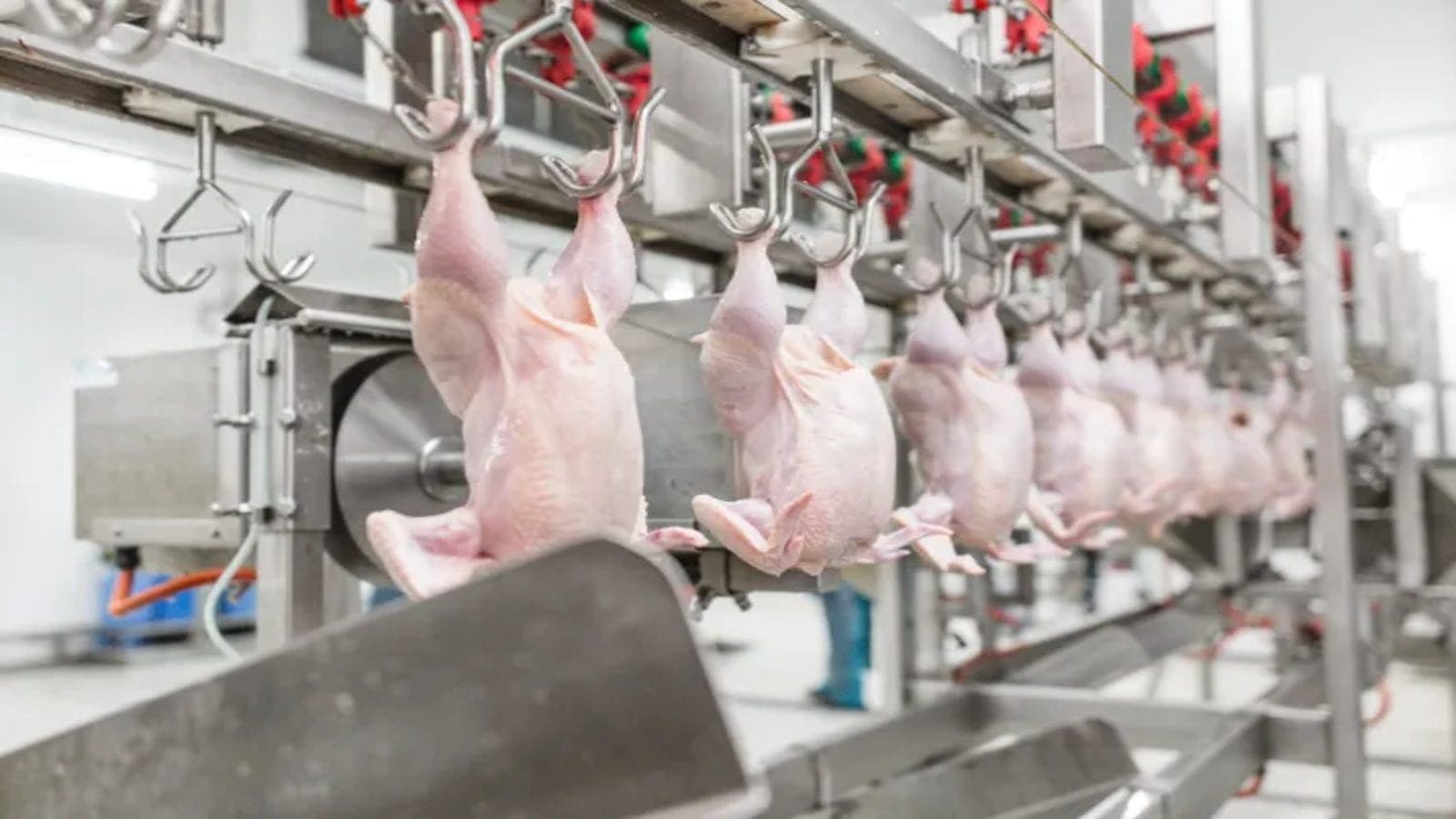AFRICA – Maize is one of the most important staple cereal crops in Africa, occupying approximately 24% of farmland in the region with an average yield of around 2 tons/hectare/year.
However, diseases like maize lethal necrosis (MLN) have hampered production causing major losses to farmers and threaten food security.
The first reported outbreak of MLN was in Bomet County, Kenya in 2011 that threw the maize sector into a panic as no one understood the disease.
The disease caused up to 100% yield loss as nearly all elite commercial maize varieties on the market at the time were susceptible, whether under natural of artificial conditions.
This called for researchers and scientists to come together and rake their brains in pursuit to find a solution to the catastrophe.
In 2012, the International Maize and Wheat Improvement Center (CIMMYT) partnered with KALRO, national plant protection organizations and commercial seed companies on a multi-stakeholder, multi-disciplinary efforts to curb MLN’s spread across sub-Saharan Africa.
Other players that joined the bandwagon include the International Institute of Tropical Agriculture (IITA), non-government organizations such as AGRA and AATF, and advanced research institutions in the United States and Europe.
To efficiently undertake the research, CIMMYT established an MLN screening facility in Naivasha in 2013.
Eureka moment if fight against MLN
Researchers undertook studies on the behavior of the disease and developed an MLN-severity scale, ranging from 1 to 9, to compare varieties’ resistance or susceptibility to the disease. A score of 1 represents a highly resistant variety with no visible symptoms of the disease, while a score of 9 signifies extreme susceptibility.
Trials at this facility coupled with evaluations under accelerated National Performance Trials (NPTs) for varietal release and commercialization in Kenya, Tanzania and Uganda led to a eureka moment.
Between 2013 and 2014, CIMMYT breeders has developed second-generation MLN-resistant hybrids which were superior.
This led to the release of several hybrids, especially in Kenya, over the course of a five-year period starting in 2013 and were earmarked for commercialization in East Africa beginning in 2020.
To this end, scientists are calling for accelerated adoption of new hybrid maize varieties with resistance to MLN disease in sub-Saharan Africa.
“It is very important to adopt an integrated disease management approach, which encompasses extensive adoption of improved MLN-resistant maize varieties, especially second-generation.”
B.M. PRASANNA – DIRECTOR OF THE GLOBAL MAIZE PROGRAM AT CIMMYT AND OF THE CGIAR RESEARCH PROGRAM ON MAIZE
According a new publication titled “Efforts toward containing the spread and impact of a devastating transboundary disease in sub-Saharan Africa”, a combination of recommended integrated pest management practices with the adoption these new varieties is an important step towards safeguarding smallholder farmers against this devastating viral disease.
“Due to its complex and multi-faceted nature, effectively combating the incidence, spread and adverse effects of MLN in Africa requires vigorous and well-coordinated efforts by multiple institutions,” said B.M. Prasanna, primary author of the report and director of the Global Maize Program at CIMMYT and of the CGIAR Research Program on Maize (MAIZE).
Prasanna also warns that most commercial maize varieties being cultivated in eastern Africa are still MLN-susceptible. They also serve as “reservoirs” for MLN-causing viruses, especially the maize chlorotic mottle virus (MCMV), which combines with other viruses from the Potyviridae family to cause MLN.
“This is why it is very important to adopt an integrated disease management approach, which encompasses extensive adoption of improved MLN-resistant maize varieties, especially second-generation, not just in MLN-prevalent countries but also in the non-endemic ones in sub-Saharan Africa,” Prasanna noted.
Other than delivering important wins to the farmers, development of MLN-resistant varieties has also been beneficials to seed companies.
Today over 30 seed companies in Ethiopia, Kenya, Uganda, Rwanda and Tanzania are implementing standard operating procedures and checklists for MLN pathogen-free seed production along the seed value chain on a voluntary basis.
More advanced solutions developed
The last known outbreak of MLN was reported in 2014 in Ethiopia, marking an important break in the virus’s spread across the continent.
Up to that point, the virus had affected the Democratic Republic of the Congo, Kenya, Rwanda, Tanzania and Uganda.
However, much remains to be done to minimize the possibility of future outbreaks.
To keep up with the disease’s changing dynamics, CIMMYT and its partners are moving ahead with novel techniques to achieve MLN resistance more quickly and cheaply.
Some of these innovative techniques include genomic selection, molecular markers, marker-assisted backcrossing, and gene editing.
These techniques will be instrumental in developing elite hybrids equipped not only to resist MLN but also to tolerate rapidly changing climatic conditions.
Liked this article? Subscribe to Food Business Africa News, our regular email newsletters with the latest news insights from Africa and the World’s food and agro industry. SUBSCRIBE HERE











